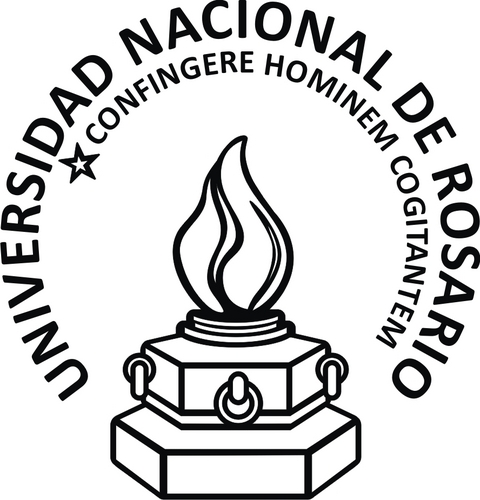Below is a summary of the abstract you submitted. Presenting author(s) is shown in bold.
If any changes need to be made, you can modify the abstract or change the authors.
You can also download a .docx version of this abstract.
If there are any problems, please email Dan at dar78@pitt.edu and he'll take care of them!
This abstract was last modified on April 4, 2023 at 1:52 p.m..

Microbacterium foliorum is a bacterium that was first isolated from grass in Germany. It belongs to the Actinobacteria, which constitute one of the largest bacterial phyla, and they are ubiquitously distributed in both aquatic and terrestrial ecosystems. In order to isolate phages capable of infecting this host, a group of 13 senior and 2 freshmen students from Biochemistry and Biotechnology majors at the Universidad Nacional de Rosario (UNR), located in Argentina-South America, performed the Discovery phase of the SEA-PHAGES program during the second semester of 2022. A total of 43 soil samples were collected, and 24 of them were found to contain phages. Of these, 91.2% were obtained by direct isolation, while the remaining phages were obtained through enrichment. At this point, each student chose a sample and proceeded to perform the purification steps. Of the 14 isolated phages, 28.6% generated turbid plaques and 71.4% clear plaques, all displaying round morphology with sizes ranging from 0.5 mm to 4 mm in diameter. A particular feature that was noted in several phages was the lack of consistency in the size of the plaques formed on agar plates, even after the 3re round of purification assay. This phenomenon could be due to the non-interruption of infection with the addition of chelating compounds such as EDTA which resulted in plaques of different sizes. In the images obtained by electron microscopy, it was observed that the majority of the phages possess long tails (within a range from 110 nm to 160 nm) and icosahedral heads, which are characteristics compatible with the Siphoviridae family, with the exception of one phage that exhibited an icosahedral head but a short tail, which are features of the Podoviridae family. Two phages, Garey24 and Nicky22, from the Siphoviridae family, were selected for sequencing based on their distinctive morphological characteristics and the high amounts of DNA extracted from them. In particular, Garey24 showed the presence of halos around the plaques, which may correspond to depolymerase activity. In addition, it formed turbid plaques. On the other hand, Nicky22 formed big, clear plaques. Moreover, preliminary analysis suggests that the former belongs to cluster EA and the latter to EB. Overall, in this first experience, discovering phages infecting M. foliorum resulted a straightforward task, which might reflect phage abundance in our region. Currently, the second part of the course is being conducted to analyze the DNA of the isolated phages through genome sequencing and analysis, hoping that the study of bacteriophages that infect Microbacterium foliorum in the Pampean region of Argentina could contribute to a better understanding of the diversity and characteristics of phages worldwide.
